-
 Bitcoin
Bitcoin $102,662.5363
4.85% -
 Ethereum
Ethereum $2,193.0670
19.81% -
 Tether USDt
Tether USDt $0.9999
-0.02% -
 XRP
XRP $2.3038
7.50% -
 BNB
BNB $625.3061
3.85% -
 Solana
Solana $162.5747
9.35% -
 USDC
USDC $1.0000
-0.02% -
 Dogecoin
Dogecoin $0.1948
11.09% -
 Cardano
Cardano $0.7630
11.78% -
 TRON
TRON $0.2574
3.22% -
 Sui
Sui $4.0011
17.05% -
 Chainlink
Chainlink $15.7755
11.92% -
 Avalanche
Avalanche $22.1531
11.42% -
 Stellar
Stellar $0.2965
12.70% -
 Shiba Inu
Shiba Inu $0.0...01431
10.58% -
 Bitcoin Cash
Bitcoin Cash $418.8427
3.36% -
 Hedera
Hedera $0.1947
9.85% -
 UNUS SED LEO
UNUS SED LEO $8.8625
0.49% -
 Toncoin
Toncoin $3.1835
5.09% -
 Hyperliquid
Hyperliquid $23.2143
10.04% -
 Litecoin
Litecoin $94.7248
4.08% -
 Polkadot
Polkadot $4.4824
10.46% -
 Monero
Monero $301.2717
6.79% -
 Dai
Dai $1.0001
-0.02% -
 Bitget Token
Bitget Token $4.4883
5.14% -
 Pi
Pi $0.6881
13.78% -
 Ethena USDe
Ethena USDe $1.0000
-0.06% -
 Pepe
Pepe $0.0...01096
30.81% -
 Uniswap
Uniswap $6.0905
23.37% -
 Bittensor
Bittensor $424.6065
12.59%
What about Centrifuge(CFG) Coin?
Centrifuge's CFG token serves as collateral for asset-backed loans, facilitates governance, and covers transaction fees on its DeFi protocol for tokenizing real-world assets.
Dec 09, 2024 at 02:56 am
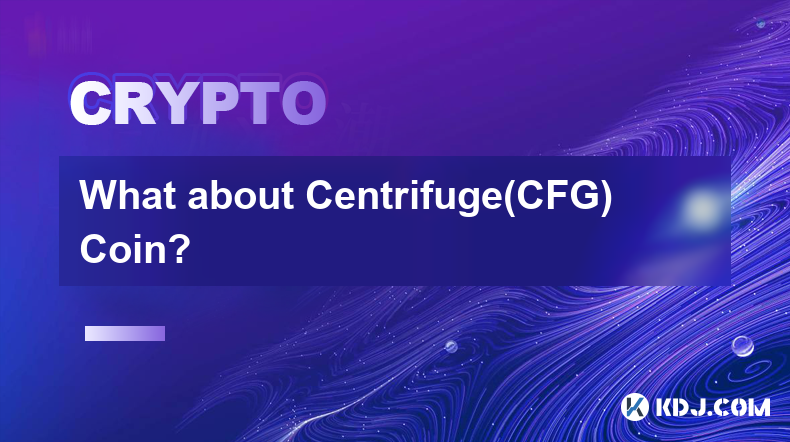
What about Centrifuge (CFG) Coin?
Overview of Centrifuge
Centrifuge is a decentralized finance (DeFi) protocol that enables the tokenization of real-world assets (RWAs), such as invoices, supply chain finance, and trade receivables. By bringing these assets on-chain, Centrifuge aims to improve their liquidity, transparency, and accessibility.
The CFG token is the native utility token of the Centrifuge protocol. It is used for various purposes within the ecosystem, including:
- Collateralization: CFG tokens can be used as collateral to originate asset-backed loans.
- Governance: CFG holders can vote on protocol upgrades and other proposals that impact the network.
- Fees: CFG tokens are required to pay transaction fees on the Centrifuge protocol.
Key Features of Centrifuge
- Asset Tokenization: Centrifuge enables the creation of non-fungible tokens (NFTs) that represent real-world assets. These NFTs can be traded, transferred, and used as collateral for loans.
- Asset Due Diligence: Centrifuge maintains a rigorous due diligence process to ensure that all assets tokenized on the protocol meet certain quality standards. This process helps mitigate risks and provides investors with confidence in the underlying assets.
- Leveraging the Polkadot Ecosystem: Centrifuge is built on the Polkadot blockchain, which provides it with access to shared security, scalability, and interoperability with other Polkadot-based projects.
- Collaboration with TradFi: Centrifuge has established partnerships with traditional financial institutions, such as banks and investment firms, to facilitate the adoption of tokenized RWAs.
Potential Use Cases and Applications of Centrifuge
The tokenization of RWAs on the Centrifuge protocol opens up a wide range of potential use cases and applications, including:
- Supply Chain Finance: Centrifuge can be used to tokenize and digitize supply chain invoices, enabling faster and more efficient payments to suppliers.
- Trade Finance: The protocol can facilitate the tokenization of trade receivables, creating new opportunities for trade financing and liquidity.
- Real Estate Finance: Centrifuge can be used to tokenize real estate assets, such as commercial properties and mortgages, making them more accessible to a wider pool of investors.
- Asset Management: Centrifuge provides a framework for managing and tracking tokenized RWAs, enabling asset managers to diversify their portfolios and explore new investment opportunities.
Market Performance and Future Prospects of CFG
Market Performance
The CFG token has experienced significant price appreciation since its launch in 2020. However, it has also faced volatility due to fluctuations in the overall cryptocurrency market.
Future Prospects
The future prospects of CFG depend on several key factors, including:
- Adoption of Tokenized RWAs: The success of the Centrifuge protocol and CFG token relies heavily on the adoption of tokenized RWAs by financial institutions and investors.
- Regulatory Environment: Clear and supportive regulations are crucial for the long-term growth of the tokenized RWAs market.
- Competition: Centrifuge faces competition from other DeFi protocols and traditional financial institutions offering asset tokenization solutions.
Investment Considerations
Investors considering CFG should be aware of the following factors:
- Risk: CFG is a high-risk investment due to its volatility and the early stage of the tokenized RWAs market.
- Diversification: CFG should only be considered as part of a diversified cryptocurrency portfolio.
- Long-Term Horizon: The adoption and maturation of tokenized RWAs may take several years. Investors should have a long-term investment horizon when considering CFG.
Overall, Centrifuge and the CFG token hold potential for disrupting the financial industry by enabling the tokenization of real-world assets. However, it is important to approach any investment in CFG with caution and consider the risks involved.
Disclaimer:info@kdj.com
The information provided is not trading advice. kdj.com does not assume any responsibility for any investments made based on the information provided in this article. Cryptocurrencies are highly volatile and it is highly recommended that you invest with caution after thorough research!
If you believe that the content used on this website infringes your copyright, please contact us immediately (info@kdj.com) and we will delete it promptly.
- The PEDIGREE® brand launched PEDIGREE® DRIZZLERS™ Sauce, a mealtime sauce made just for dogs that brings bold flavors to every bite
- 2025-05-09 10:06:38
- The GENIUS Act Failed to Pass Cloture in the United States Senate on May 8
- 2025-05-09 10:06:38
- The 2025 Meme Wave Has Arrived: FloppyPepe (FPPE) Is Making Serious Noise
- 2025-05-09 10:01:06
- Stellar (XLM) Shows Renewed Momentum, Up 10% in the Last 24 Hours
- 2025-05-09 10:01:06
- Tron (TRX) Prepares for the Next Chapter as Ruvi, an Emerging Crypto Superstar, Captures the Spotlight
- 2025-05-09 09:55:12
- Dogecoin price regained and moved past $0.17
- 2025-05-09 09:55:12
Related knowledge
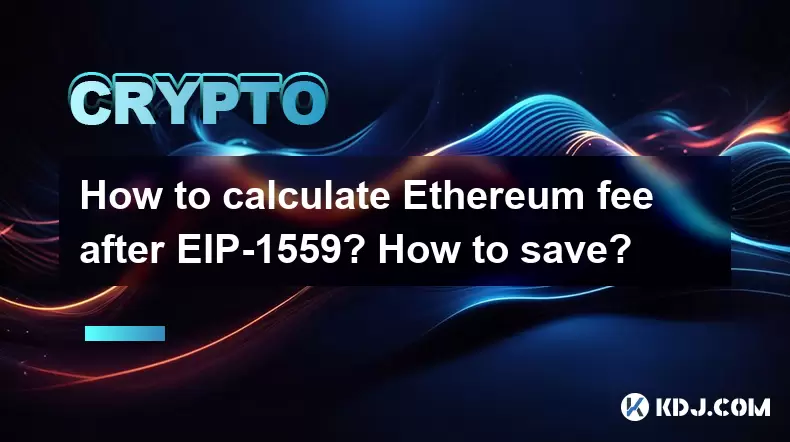
How to calculate Ethereum fee after EIP-1559? How to save?
May 09,2025 at 08:01am
The introduction of EIP-1559 in August 2021 brought significant changes to the Ethereum network's fee structure, revolutionizing how users interact with transaction costs. This article will delve into the specifics of how to calculate Ethereum fees post-EIP-1559 and offer strategies to save on these fees. Understanding EIP-1559 and its ComponentsEIP-155...
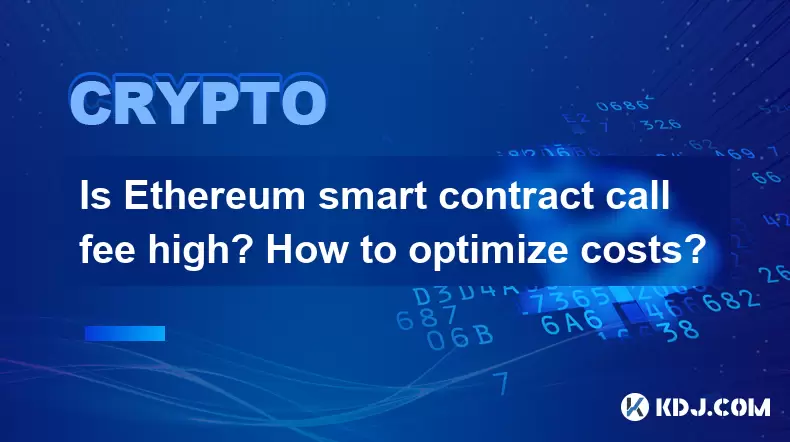
Is Ethereum smart contract call fee high? How to optimize costs?
May 08,2025 at 09:35am
Is Ethereum Smart Contract Call Fee High? How to Optimize Costs? The world of Ethereum smart contracts has revolutionized the way we think about decentralized applications and blockchain technology. However, one of the most frequently discussed topics within this realm is the cost associated with executing smart contract calls. In this article, we will ...
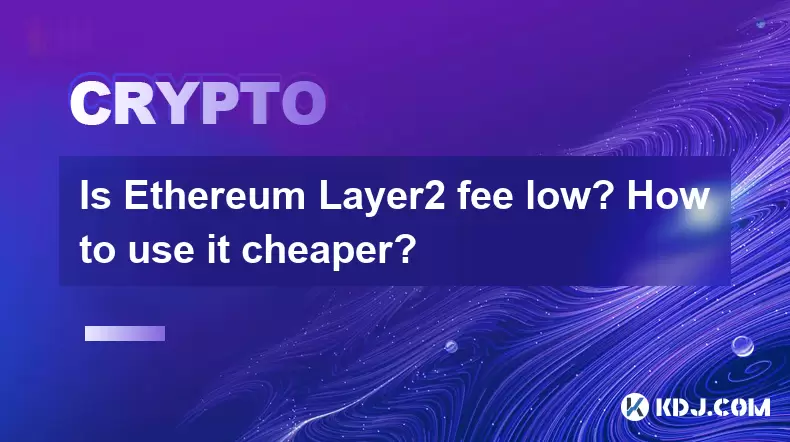
Is Ethereum Layer2 fee low? How to use it cheaper?
May 08,2025 at 03:56am
The question of whether Ethereum Layer 2 solutions offer lower fees and how to use them more economically is a topic of great interest within the cryptocurrency community. Ethereum's Layer 2 solutions have been developed to address the high transaction fees and scalability issues associated with the main Ethereum network. In this article, we will delve ...

How to calculate Ethereum network fee? How to reduce transaction costs?
May 08,2025 at 02:15am
Understanding and managing Ethereum network fees is crucial for anyone involved in transactions on the Ethereum blockchain. The network fee, also known as gas fee, is the amount of Ether (ETH) required to successfully conduct a transaction or execute a smart contract on the Ethereum network. Calculating these fees and finding ways to reduce them can sig...
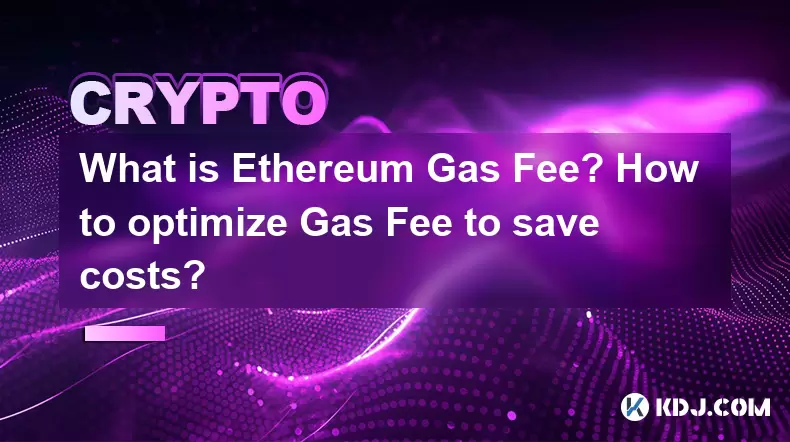
What is Ethereum Gas Fee? How to optimize Gas Fee to save costs?
May 08,2025 at 03:43am
Ethereum gas fees are a crucial aspect of interacting with the Ethereum blockchain. Understanding and optimizing these fees can significantly impact the cost-effectiveness of transactions and smart contract interactions. In this article, we will delve into what Ethereum gas fees are, how they are calculated, and provide detailed strategies for optimizin...
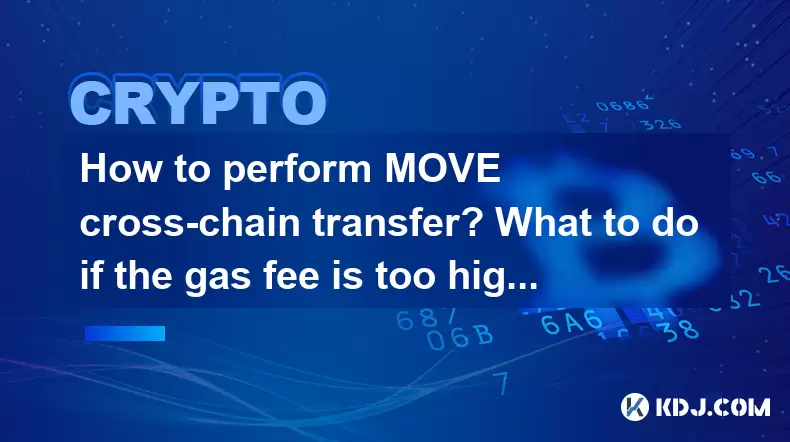
How to perform MOVE cross-chain transfer? What to do if the gas fee is too high?
May 07,2025 at 08:03pm
Introduction to MOVE Cross-Chain TransferCross-chain transfers have become an essential part of the cryptocurrency ecosystem, allowing users to move assets between different blockchain networks. One of the popular protocols for achieving this is the MOVE cross-chain transfer. This article will guide you through the process of performing a MOVE cross-cha...

How to calculate Ethereum fee after EIP-1559? How to save?
May 09,2025 at 08:01am
The introduction of EIP-1559 in August 2021 brought significant changes to the Ethereum network's fee structure, revolutionizing how users interact with transaction costs. This article will delve into the specifics of how to calculate Ethereum fees post-EIP-1559 and offer strategies to save on these fees. Understanding EIP-1559 and its ComponentsEIP-155...

Is Ethereum smart contract call fee high? How to optimize costs?
May 08,2025 at 09:35am
Is Ethereum Smart Contract Call Fee High? How to Optimize Costs? The world of Ethereum smart contracts has revolutionized the way we think about decentralized applications and blockchain technology. However, one of the most frequently discussed topics within this realm is the cost associated with executing smart contract calls. In this article, we will ...

Is Ethereum Layer2 fee low? How to use it cheaper?
May 08,2025 at 03:56am
The question of whether Ethereum Layer 2 solutions offer lower fees and how to use them more economically is a topic of great interest within the cryptocurrency community. Ethereum's Layer 2 solutions have been developed to address the high transaction fees and scalability issues associated with the main Ethereum network. In this article, we will delve ...

How to calculate Ethereum network fee? How to reduce transaction costs?
May 08,2025 at 02:15am
Understanding and managing Ethereum network fees is crucial for anyone involved in transactions on the Ethereum blockchain. The network fee, also known as gas fee, is the amount of Ether (ETH) required to successfully conduct a transaction or execute a smart contract on the Ethereum network. Calculating these fees and finding ways to reduce them can sig...

What is Ethereum Gas Fee? How to optimize Gas Fee to save costs?
May 08,2025 at 03:43am
Ethereum gas fees are a crucial aspect of interacting with the Ethereum blockchain. Understanding and optimizing these fees can significantly impact the cost-effectiveness of transactions and smart contract interactions. In this article, we will delve into what Ethereum gas fees are, how they are calculated, and provide detailed strategies for optimizin...

How to perform MOVE cross-chain transfer? What to do if the gas fee is too high?
May 07,2025 at 08:03pm
Introduction to MOVE Cross-Chain TransferCross-chain transfers have become an essential part of the cryptocurrency ecosystem, allowing users to move assets between different blockchain networks. One of the popular protocols for achieving this is the MOVE cross-chain transfer. This article will guide you through the process of performing a MOVE cross-cha...
See all articles






















































































